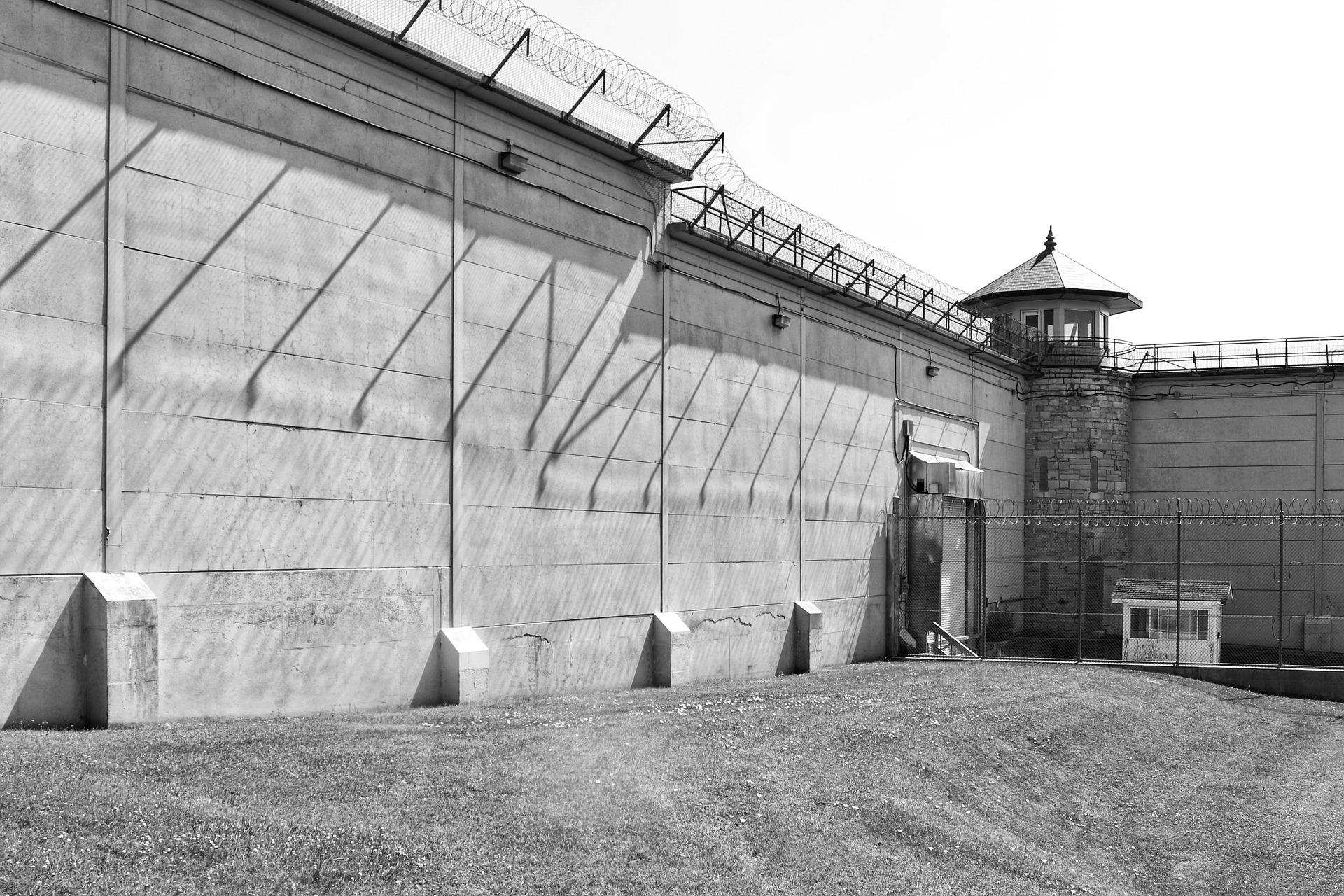Redefining Cool: The Rise of Sustainable Fashion
Stuck in a predictability rut with your fashion choices? Make way for the path-breaking, planet-loving trend that’s making waves in the industry: Sustainable fashion. Let's unravel the charm of this revolution in vogue that's transforming closets while conserving resources.

The Green Roots of Fashion
Fashion is a whirlwind industry, notorious for its ephemeral trends and notorious rates of waste. Traditionally, it has valued style and novelty over the environment. However, since the early 2000s, a notable paradigm shift has occurred, giving rise to the philosophy of sustainable fashion.
The concept dates back to the mid-20th century when activists turned designers started experimenting with organic fabrics and ethical production methods. Over the decades, this idea has evolved and widened to encompass environmental, social, and economic sustainability. But its recent surge in popularity is in part a reaction to the ‘fast fashion’ phenomenon, which emphasizes cheap, disposable clothing that has been under fire for unsustainable practices.
More Than Just a Trend
There’s more to sustainable fashion than just a trend, it’s a response to the need of the hour. Sustainable fashion attempts to counterbalance the industry’s footprint by prioritizing ethical sourcing, production, and consumption. A vast audience has adapted to this way of dressing, steering clear of thoughtless purchasing habits triggered by fast fashion strategies.
The appeal lies in advocating for the planet one garment at a time. Consumers are shifting priorities from owning a plethora of disposable, trendy garments to owning fewer, higher-quality pieces that have less of an environmental impact. Eco-conscious companies are catching on by offering a wider range of sustainable options for the fashion-forward consumer.
Expert Insight: Shopping Mindfully Matters
Conscious shopping is a buzzword in the fashion industry. Customers are informed and invested in knowing the story behind their attire.
- Quality Over Quantity: High-quality attire lasts longer, contributing to less waste.
- Transparency Matters: Brands that are transparent about their production process garner more trust from consumers.
- Supporting Local: Shopping local supports smaller businesses and reduces the carbon footprint associated with shipping.
Sustainable Fashion’s Influence on Buyers
The commitment to sustainability has forced a significant shift in consumer behavior. Today’s consumers are increasingly educated about the environmental impact of their buying decisions and are seeking out brands and products that align with their values.
This trend not only reflects an evolution in taste and lifestyle, but it also signifies an urgent need for change. The consumers of today want to invest in brands that do more than just sell clothes—they demand those that promote sustainable practices and policies.
A Closer Look: The Future of Fashion
The rise of sustainable fashion is a promising sign that the industry is capable of evolution and responsibility. While it marks a deviation from traditional shopping habits, it resonates with a more profound and holistic approach to style.
The path is not without its challenges, though. The industry must work to set clear standards for what constitutes sustainable practices and ensure they are adhered to. Moreover, sustainable fashion must remain accessible and appealing to all.
Closing Thoughts
While sustainable fashion was once a fringe trend, it has firmly rooted itself in the mainstream. Shoppers aren’t just investing in clothes anymore; they’re investing in the kind of future they want to see. The time has come to redefine cool, and it’s not just about looking good - it’s about feeling good about what you’re wearing too.




